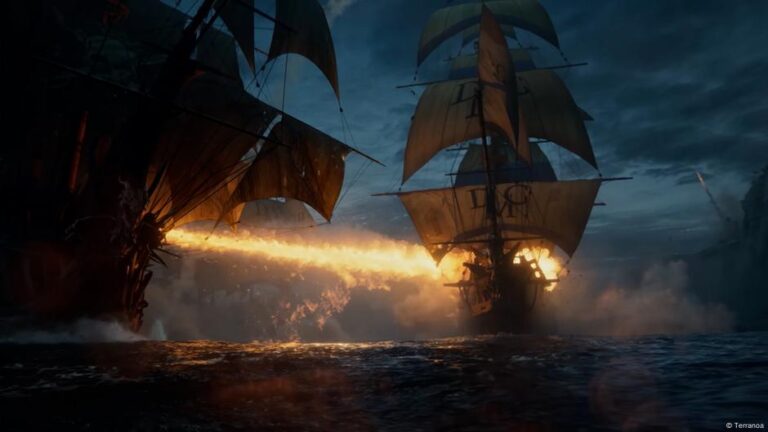A vital piece of a 300-year-old mystery surrounding a pirate’s treasure in the Indian Ocean may have been discovered.
Archaeologists believe that they have identified the wreck of the Nossa Senhora do Cabo (Our Lady of the Cape), a Portuguese warship that was captured off the island of Reunion in 1721.
The ship had been en route to Lisbon, fully laden with treasures from Goa and the Portuguese colonies on the west coast of India. On the way, the warship, weighing more than 700 tons, was badly damaged in a storm. To avoid capsizing, the crew jettisoned some of the ship’s cannons, making the ship easy prey for the French pirate Olivier Levasseur, known as La Buse (The Buzzard).
Wreck found near Nosy Boraha
Huge quantities of gold, silver, pearls, diamonds and other valuables such as fine textiles and spices are said to have been on board. According to Smithsonian Magazine, the trove would be worth an estimated $138 million (€119 million) today.
The high value of these items was likely representative of the ship’s important passengers: Portuguese Viceroy Luis Carlos Inacio Xavier de Meneses, and the Archbishop of Goa, Sebastiao de Andrade Pessanha, who were taken hostage. The viceroy was later released for ransom, while around 200 slaves from Mozambique and the crew were presumably released on the island of Reunion.
The pirates then made off with their magnificent booty towards Madagascar, off the southeastern coast of Africa. They are thought to have hidden on the small island of Nosy Boraha, called Ile Sainte-Marie at the time.
The island was an ideal hideout for pirates. Around 60 kilometers long and five wide, and with a natural harbor, it was relatively close to the popular trade route between Europe and Asia, but at a safe remove from colonial control. And Nosy Boraha is exactly where Brandon Clifford and Mark Agostini from the Center for Historic Shipwreck Preservation in Massachusetts believe they found the wreck of the Nossa Senhora do Cabo, hidden under silt and sand.
Painstaking salvage work
Clifford and Angostini described their findings in the June issue of Wreckwatch magazine. It took 16 years for their team to identify the wreck. They analyzed the ship’s construction and historical records to compare parts of the wreck and artifacts that were uncovered. Clifford’s social media channels offer impressions of this painstaking work, such as the example below, showing the team’s exploration of the slave ship Whydah Gally, which was captured by pirates in 1717.
In all, the archaeologists lifted around 3,300 artifacts from the seafloor, including gold coins and valuable porcelain, as well as sacred objects made of ivory and wood, such as a statue of the Virgin Mary and a crucifix.
According to the team, there are between 7 and 10 wrecks near the island of Ile Sainte-Marie, which suggests the treasure hunt will continue.
A cryptic message before execution
La Buse’s booty, however, remains the biggest mystery. It is known that the pirate sailed from Ile Sainte-Marie towards the Seychelles, where he hid for around eight years. After turning down an offer of amnesty because he didn’t want to return the treasure, he was finally found, handed over to the French, and taken in chains to the island of Bourbon, now called Reunion.
Shortly before his execution, La Buse is said to have told his guards: “With what I have hidden here, I could buy this whole island.” Legend has it that the pirate threw a note with a cryptogram into the crowd, saying: “My treasure to the one who understands this!”
As is so often the case with pirate stories, many legends surround the actual events. The only thing that is certain is that adventurers have searched in vain for the fabled treasure for some 300 years.
Whether the cryptogram was actually written by La Buse also remains unclear. Although it has now been more or less deciphered, no one has yet been able to correctly interpret the enigmatic content. Does the text describe a kind of star compass? Does it describe prominent landmarks? The guesswork continues.
With the treasure of La Buse still lost to this day, somewhere between the Seychelles, Reunion Island, Mauritius, Mayotte, Rodrigues and Sainte-Marie, the pirate’s mystery is likely to live on.
This article was originally written in German.


